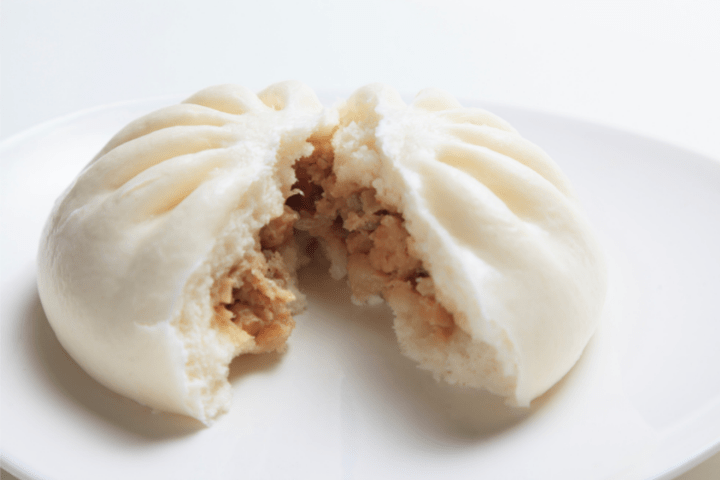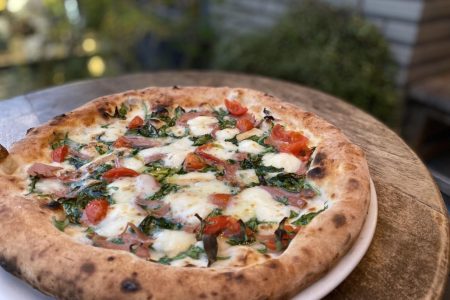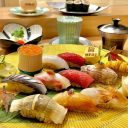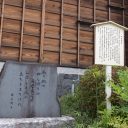
When enjoying Japanese cuisine, you may find that there are many bun-like options, often stuffed with a variety of fillings and flavors. Some are steamed and soft; others are sweet and simple. Many include ingredients that are uniquely Japanese, while others are inspired by dishes from other cultures and countries. But they all have one thing in common: they’re all delicious. Here are some Japanese stuffed bun foods worth trying.
Steamed Buns
Steamed buns found in Japan are inspired by Chinese steamed buns and found in flavours such as niku-man, pizza-man and sesame sweet bean-bun. These and many more varieties are available in convenience stores.
Without a doubt the most common is the nikuman. Introduced to Japan as “chukaman” (Chinese-style steamed bun), it was only sold in Chinatown initially. It became more widespread around 1927 and is popular today. Not only can you find them in Chinatown but also in all convenience stores. The nikuman was especially popular and first appeared in convenience stores in the 1990s. Perfect as a quick snack, meaty and filling, they are popular with students.
Oyaki
Oyaki is a traditional food from Nagano (especially the northern region of Nagano), often filled with seasonal and local vegetables, typically seasoned with miso or soy sauce. It can be boiled, baked, fried, baked in ash, there are many different ways to prepare oyaki. The oyaki baked in the traditional way, in the ash of an irori (囲炉裏) hearth fire are especially delicious!
One of the most popular fillings is “nozawana”. Nozawana is a Japanese leaf vegetable named for its birthplace of Nozawa Onsen village, the most northern area of Nagano prefecture. It’s from the turnip family and is often picked and seen as a side dish. Other popular fillings are aubergine and mushroom.
Sweet Stuffed Buns
Manju
Manju is a composition of a soft wheat dough outside with a sweet filling inside. They can be steamed, baked and roasted. Usually a sweet filling, they are often filled with red bean paste and there are several varieties and variations, especially based on location. For example, popular manju are momiji manju in Hiroshima which are generally filled with anko, but also have cheese cream, chocolate cream, custard cream and matcha variations, and shaped like a maple leaf. And Ningyo-yaki originating from Ningyocho, Tokyo, shaped like a doll, or person, but also come in other varieties and shapes.
There are five main varieties of the buns used to make manju.
- Manju – made from wheat flour and brown sugar
- Jyouyo Manju – made from rice flour and grated yams
- Sake Manju – made from wheat flour using a yeast starter
- Yaki Manju – a cake-like texture
- Miso Manju – made from wheat flour and miso
Kohaku Manju, an example of Jyouyo Manju, comes in red and white (lucky colours) and is eaten on celebratory occasions. Momiji manju is a good example of Yaki manju.
Dorayaki
Dorayaki is a beloved Japanese sweet, made all the more popular by the character Doreamon, whose favourite snack is Dorayaki. It is a pancake-like shape generally filled with red bean paste, with other varieties available such as mochi dorayaki, whipped cream dorayaki, chocolate dorayaki and more!
You can occasionally find some more ‘out-there’ flavours though, like this ramune soda flavoured dorayaki. This version is filled with strikingly blue ramune flavoured anko and cream. It is best consumed chilled for a ramune-sherbert taste, very refreshing during summer.
While it is pancake-shaped, the pancake part isn’t very sweet like you’d imagine a pancake to be, and the texture is more spongy and cake-like. The overall flavour of both the pancake and filling combined is subtle, not overpoweringly sweet.
Why is it called dorayaki? Dorayaki has a long history in Japan. It’s said to have originated in the early 1990s and the shape is based on that of a gong left by a Samurai. The word for gong is “dora” in Japanese, and that’s where the name comes from!
Taiyaki
Taiyaki is a fish-shaped bun, filled with red bean paste or cream. The dough, made from wheat flour, is slightly crispy, similar to a waffle. It is often served in small shops or stands and can be enjoyed as street food. If you’ve been to a festival in Japan, you may have seen the dough is poured into a hot iron fish-shaped mould, and the paste dolloped on afterwards. The fish shape gives it its name: tai is sea bream in Japanese.
It was based on Imagawayaki (a similar bun with a sound shape), which originated in Tokyo in the 18th century. It is said imagawayaki shop owner Seijiro Kanbei, invented taiyaki in Tokyo as a way to increase his shop’s sales. The sea bream fish is connected with connotations of joy, auspiciousness and happiness and so eating taiyaki became popular for happy events and good luck.
While other stuffed bun snacks like manju can be left out and eaten later, taiyaki are best enjoyed fresh from the stall due to their crispy outside and soft inside.
Are Stuffed Buns Unique to Japan?
Though Japan has quite a few popular stuffed bun-type foods, they are common in other countries too. You can find Chinese-style steamed buns in restaurants throughout the world, including in Australia. And of course, Australia has cream buns, stuffed with fresh cream and raspberry jam, cream cheese or chocolate, and savoury meat-filled buns and pies. Just walk into a bakery, and you’ll see how many stuffed buns there are available.
— Article From BACK LANE











